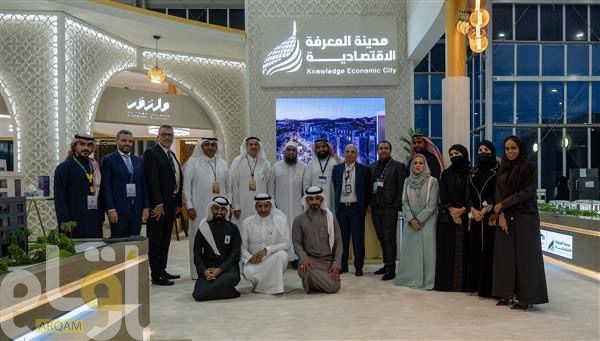World Mobile Stratospheric (WMS) has announced a collaboration with Britten-Norman to demonstrate a pioneering airborne 5G communication system using a BN2T-4S Islander aircraft. The partnership marks the first major milestone in WMS’s mission to extend next-generation connectivity from the skies.
WMS, a joint venture between World Mobile Group and Indonesia’s leading digital infrastructure company Protelindo, is developing a stratospheric connectivity platform designed to provide affordable and resilient communications worldwide. The demonstration with Britten-Norman will validate how high-altitude, aircraft-based systems can extend mobile coverage to remote areas and rapidly restore communications following natural or man-made disasters.
As part of the project, WMS has acquired a Britten-Norman Islander that will be equipped with an advanced phased-array antenna system. The aircraft will test how stratospheric connectivity can support real-time 5G services over a 15-kilometre radius, building on more than a decade of pioneering work by the former Stratospheric Platforms Ltd, now wholly subsumed into WMS.
Demonstrating the Future of High-Altitude 5G
One of the most promising applications of the technology is emergency response. Operating from short or austere runways, a WMS-equipped Islander could quickly re-establish mobile networks in disaster-hit areas, providing essential communication links for emergency services and affected communities.
Flight testing is scheduled to begin in mid-2026, with operations led by WMS with Britten-Norman’s flight test organisation, conducting system testing in cooperation with BT at their Adastral Park R&D facility near Ipswich.
“This collaboration with Britten-Norman brings together world-class British aircraft engineering and World Mobile’s next-generation telecoms innovation. Our goal is to demonstrate how stratospheric communications can bring reliable 5G connectivity to places that need it most.” said Richard Deakin, CEO of WMS. “World Mobile Stratospheric will ultimately realise the use of DePIN networks using a sharing economy model from the stratosphere. This first major step provides a crucial milestone along that journey.”
“We’re proud to work alongside World Mobile Stratospheric to advance airborne connectivity technology,” said Mark Shipp, Technical Director and Head of Design at Britten-Norman. “The Islander serves as a proven, certified platform for innovative applications, with our experienced teams ensuring seamless integration of novel technologies while maintaining the highest safety standards.”
The BN2T-4S Islander’s endurance, payload capacity, and modular design make it ideally suited to specialist missions such as this, continuing its legacy as one of the most versatile utility aircraft in operation.
This demonstration represents a significant milestone in WMS’s long-term roadmap toward full-scale stratospheric flight, with the potential to connect millions of people currently beyond the reach of conventional networks.















